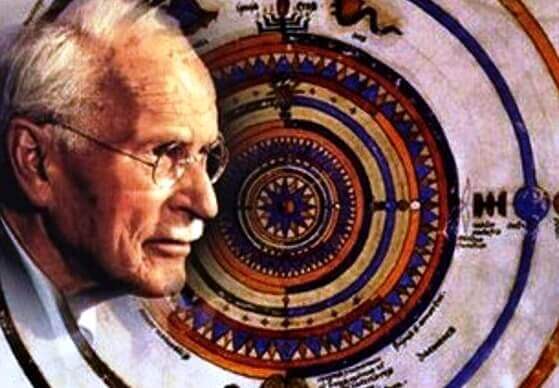Carl Gustav Jung’s work is a process of constant research, a wonderful alchemy between analytical psychology, anthropology and philosophy, which has left us concepts as interesting as “the collective unconscious”, “archetypes”, “synchronicity”. Or the foundations of a spiritual legacy where a whole collection of ideas is hidden.
When we talk about famous psychologists, the first thing that comes to most people’s minds is the iconic Sigmund Freud, yet for many, it was Carl Gustav Jung who managed to leave a much deeper mark on the study of human personality and psyche.
- “If you’re a talented person.
- It doesn’t mean you’ve received something.
- It means you can do something.
- “Carl Gustav Jung.
It must be said that although Jung worked closely with Sigmund Freud for years, Freud’s emphasis on sexuality as a relevant factor behind human behavior has always been a difficult pill for the Swiss psychiatrist to swallow.
In the prodigious mind of this free thinker, founder of analytical psychology, there were many other concerns that went beyond the theoretical foundations on which Freud walked. Despite being a practical and theoretical clinical psychologist, he devoted most of his life to exploring other realms, engaging in Eastern and Western philosophy, arts, literature, astrology, sociology and even alchemy.
A legacy of interest-free knowledge, which we’ll talk about later
Jung once said that human beings were born three times. The first is the real birth, the physique. The second happens with the development of the ego, and the third is what shapes the birth of what he called “spiritual consciousness”. According to him, this last installment will never occur if the person focuses exclusively on the ego, his learned conditioning. or rigid and insensitive mental patterns.
“The dream is a small door hidden in the deepest and most intimate sanctuary of the soul. “Carl Gustav Jung-
However, it seems that the Swiss psychiatrist himself lived this third awakening as a child, thanks to a strange, symbolic and at the same time fascinating dream.
It was a large room with a red carpet from which there was a stranger being prostrate on a throne, it was a tree monster with a huge eye in the center, it had the skin of a man and only reacted when little Gustav Jung approached. However, he was soon able to hear the voice of his mother, who was screaming from a nearby grave warning him not to approach, that he was “the devourer of men. “
If this dream was initially perceived as a nightmare, it soon aroused in it a deep interest in the world of dreams and its symbolism, years later, he realized that this dream was like a call, as a direct invitation to investigate. what psychoanalysts would later call “the unconscious. “
Despite the clinical approach C. Gustav Jung worked on on the basis of a very theoretical psychiatry, he always knew that he did not want to end this reduced and limited vision of the field of human knowledge. him to incorporate into his theories certain roots of anthropology, concepts of art, spirituality and cultural heritage in which revealing ideas about the field of the unconscious were hiding.
With these ideas, Jung reinforced the universality of his archetype theory, also targeting spirituality as a tool to improve the mental health of modern man.
C. G. Jung, in his intimate passion for knowledge rooted in our ancestral cultures, quickly discovered the psychological effects of mandalas in addressing the study of Eastern religion.
Jung used mandalas with his patients to encourage them to hear their inner voice, it was a way to decentralize the ego, breaking with the sound of obsessive thoughts so that the person could find new forms of liberation and perceive a new state of consciousness.
“What you deny subordinates you, what you accept transforms you. ?Carl Gustav Jung–
In conclusion, Carl Gustav Jung’s legacy is undoubtedly one of the largest and richest in knowledge, approaches and designs, although his theoretical contributions remain very present in the field of psychoanalysis, many people today prefer to focus solely on their spiritualist ideas. .
Thus, we invite you to know all your work, without restricting any scope. Books like “The Red Book,” “Man and His Symbols?”Yes? Memories, dreams, reflections are the testimonies of a multidisciplinary approach, a set of knowledge and awakenings that continue today to inspire experts, curious and lay people.

